Are You Making Dangerous Mistakes?

Firearms training is about safety and respect. Firearms instructors have the responsibility to ensure that every day at the range is a safe day, while still teaching the skills needed to win a gunfight. To achieve this, every good instructor — using a little creativity and available resources — will develop his own little book about covering the topic of gun safety.
The bare minimum safety rules — the four basic rules — should always be etched into everyone present during training, or whenever firearms are handled. As a quick reminder, the four basic firearms safety rules are:
- Treat every gun as a loaded gun
- Never point your gun at anything you are not willing to destroy
- Keep your finger off the trigger until your sights are on target and you are ready to shoot
- Be sure of your target and your backstop
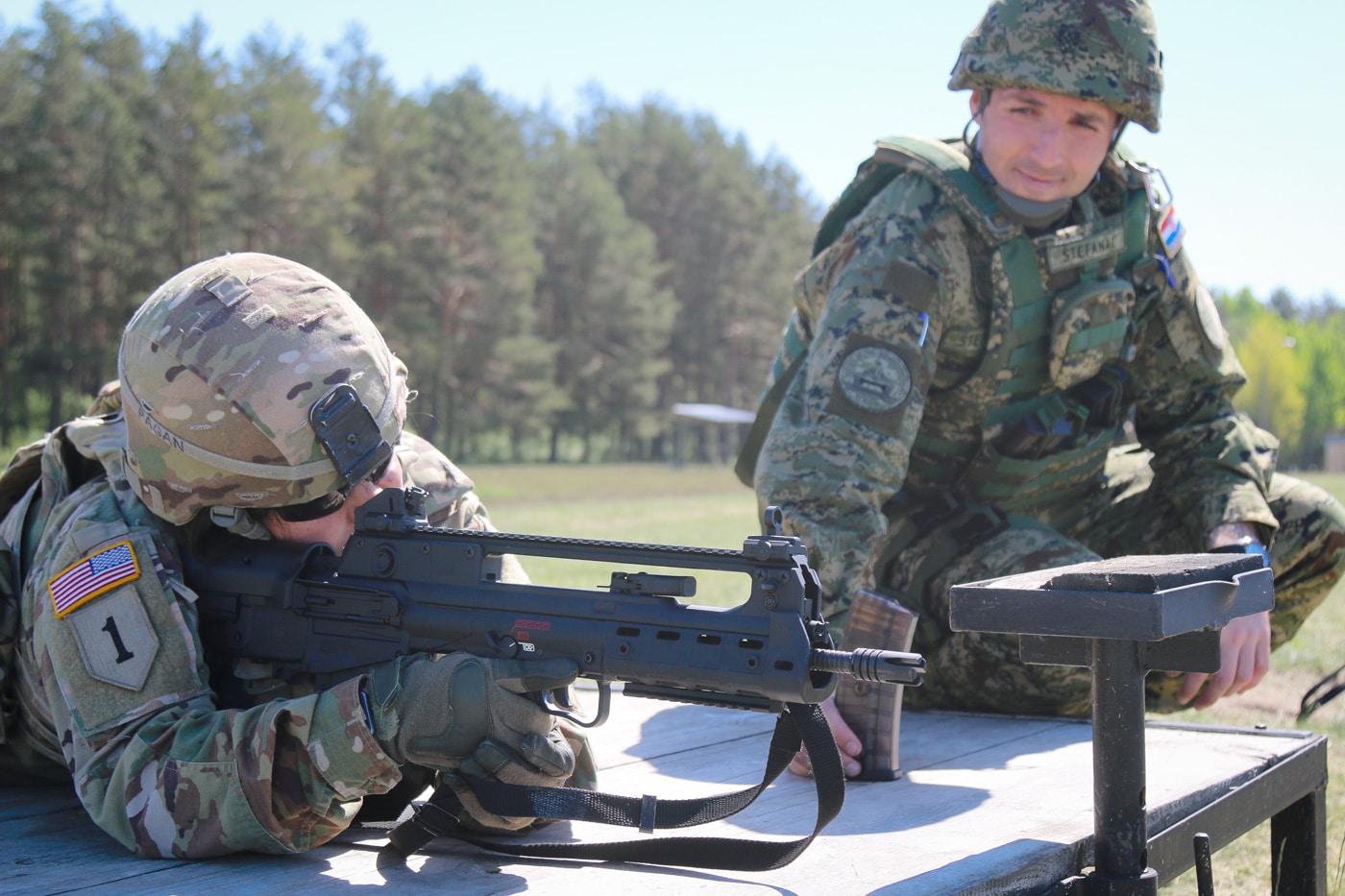
At the very least, I normally use the above basic rules as a baseline for safety discussions, and then I add more material and interaction with the students as I deem necessary. Over the years, I have incorporated a few methods into the safety brief to enhance the sensory experience of the students. Here’s a few examples:
Respect Is Paramount
The matter of respect, or the lack of it, regarding firearms handling doesn’t always come from laziness, negligence or even recklessness. I worked most of my career in overseas spots mostly in areas where, unlike the United States, the right to bear arms is nonexistent.

For this reason, a good number of students in some of my classes didn’t understand the implications of even pointing a gun at another person. Most of their gun education, even in law enforcement, was minimal at best, supplemented by what they saw on TV or the movies.
In some countries, law enforcement cadets are lucky to fire an entire box of ammunition (50 rounds) during their entire time in the police academy. I didn’t blame them; it wasn’t part of their culture and they had not been exposed to firearms the same way we have in the U.S.
Laser Rule
When teaching firearms classes in other countries, I would spend almost an hour just on the four basic rules of gun safety. I made it a point to dwell on the “Don’t point your gun at anything you are not willing to destroy” rule.
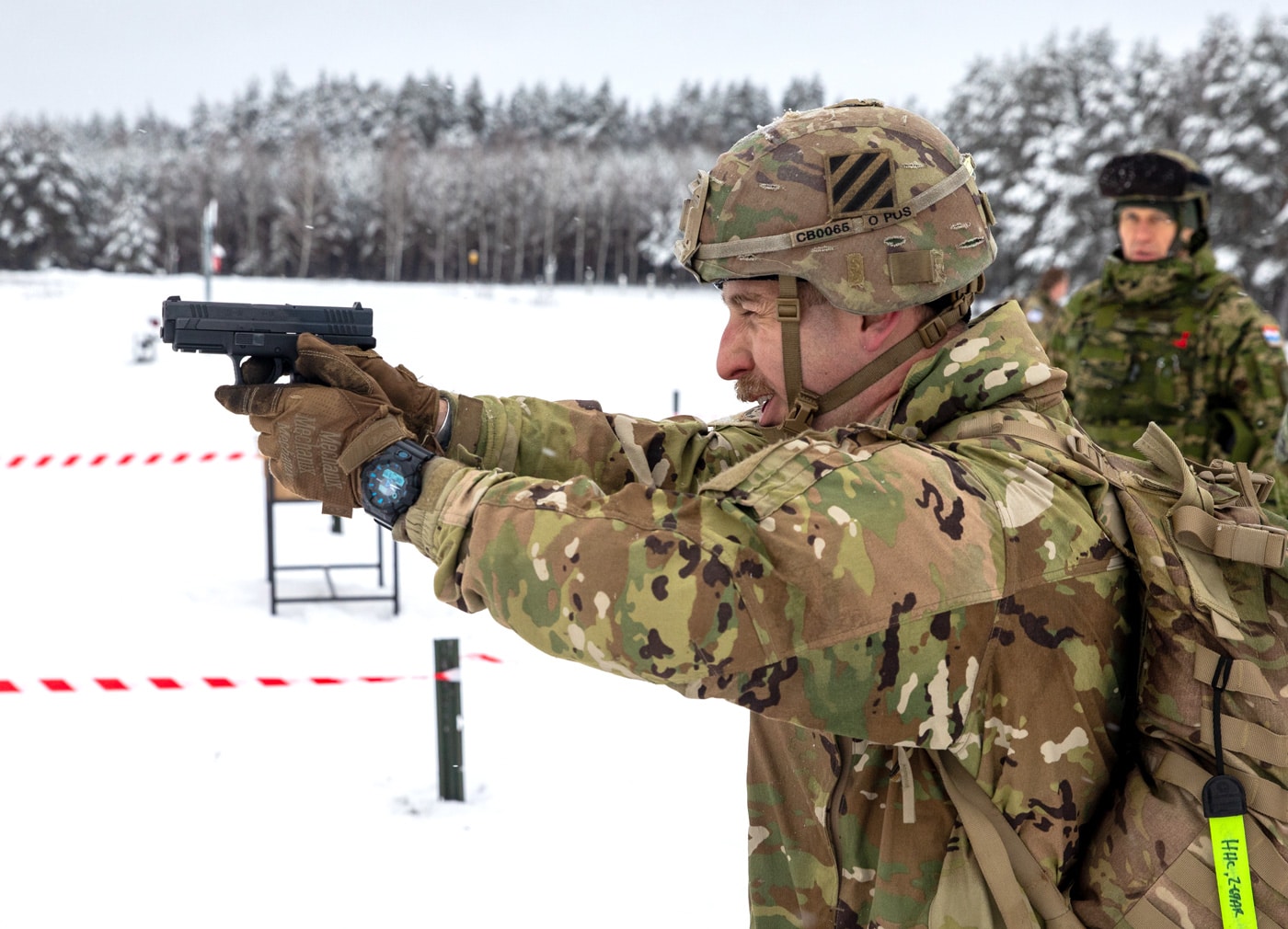
When I asked them why we should treat every gun as a loaded gun, I got blank stares from many of them. I would explain that guns should always be considered loaded because “That’s what they are supposed to be! Loaded! That’s how they work!” The students would nod in agreement.
I also explained the “laser rule”. Think of the muzzle of the gun as a laser beam that burns everything it touches. The students would open their eyes wide in revelation. But to drive the point home, I would attach a laser/light to the picatinny rail of an empty gun, turn the laser on, and show the students how I could walk and move about without burning anybody, including myself, inside a classroom where I had arranged a school circle of students around me.
To pass the “test” before handing out red (training) guns, I would ask them, “what is the first thing you do when you pick up a firearm?” Some of the answers, like, “check the magazine!”, I would shut down with a firm “No!”, slamming my fist on the table. When someone finally said, “point it in a safe direction!”, I would say, “Oh my goodness! Give him a box of chocolates!”
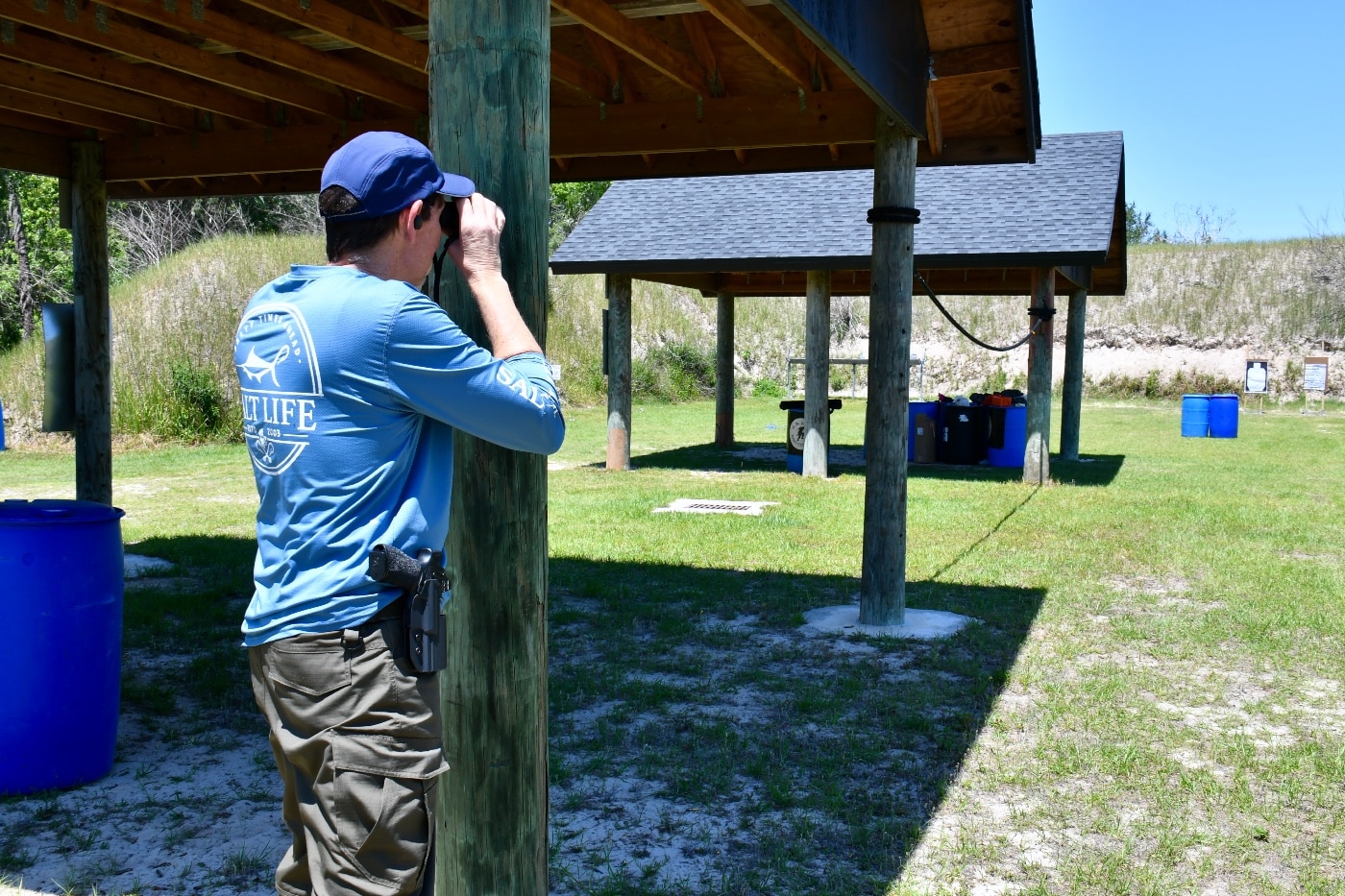
Then, once I confirmed that everybody knew what to do upon picking up a firearm, I would place an unloaded gun on the table, laser beaming on the white wall, and surprise the first student with a request to “pick it up and walk around”.
He approached the gun as if it were a cobra ready to strike. All of them, one by one, then picked up the gun, staring at the laser beam to keep it from touching their toes, and safely completed the walk and put the gun back on the table.
Muzzle Discipline
But that’s not all. As a firearms instructor, I realized that I shouldn’t take anything for granted, including basic courtesy and respect among people interacting with each other around guns.
I have been in classes where students, upon receiving red guns, or real empty guns intended for Simunitions training, immediately started pointing the guns at each other, like kids playing cowboy, and even “talking” with their guns.
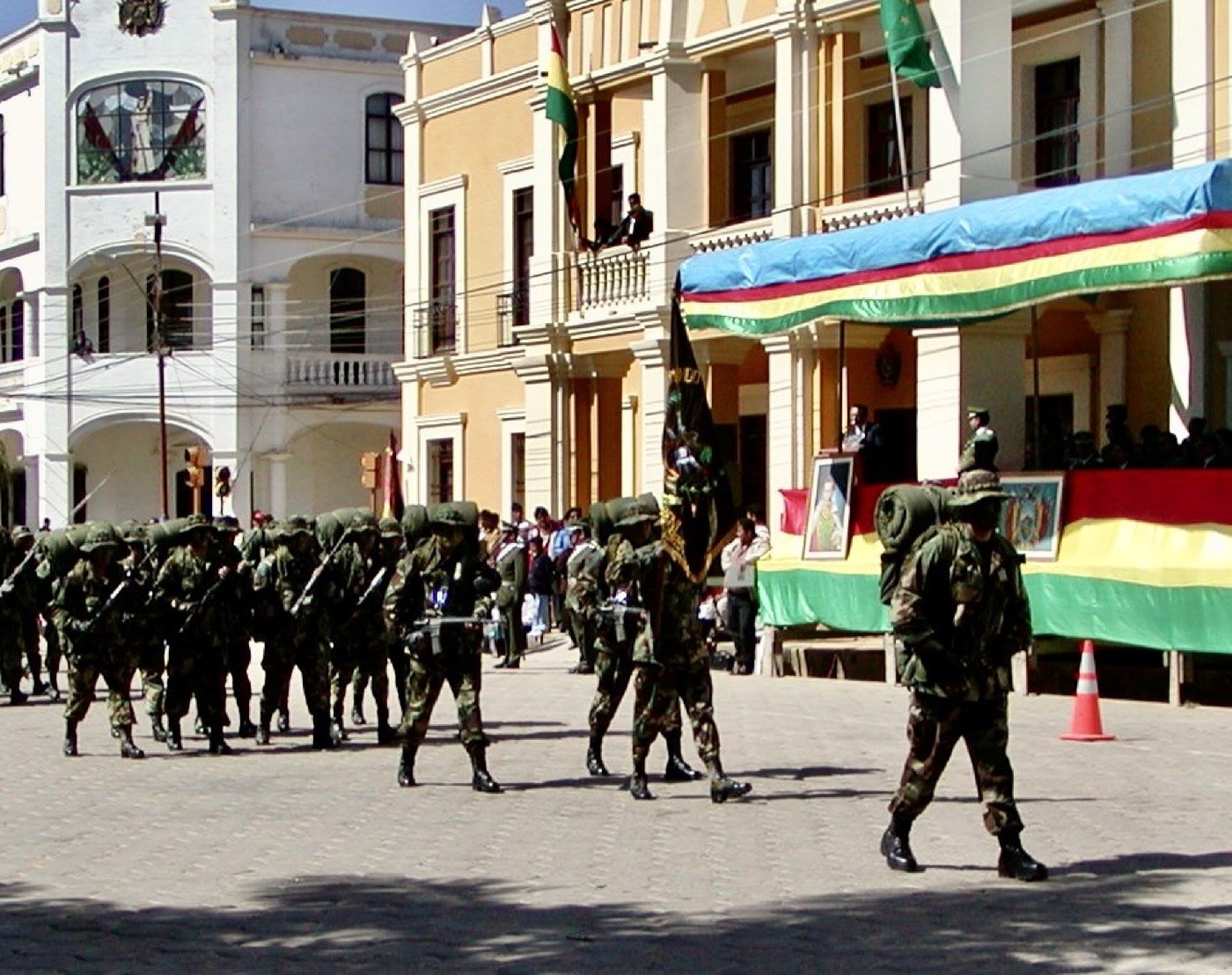
Yes, with the gun in their hands, they would point it at another student and say “Hey you, go tell so and so that we are ready for training”. At that point, the instructors in the class collected all guns and suspended Simunitions training for the day.
The training then started at a very basic level. The instructors stressed to them that real guns are not toys, horseplay with guns is not tolerated, and that they are responsible for every round that comes out of their gun, even though they no longer have control over it once it leaves the gun.
Every gun should remain in the holster until the time comes to use it. Even red guns are not to be pointed at another person unless in a training environment, such as handcuffing techniques class. Again, no detail is small enough to be left out of the safety brief.
Body Language
As firearms instructors, we often must use body language to illustrate a point. This is true not only to demonstrate, step by step, the proper grip, stance, body alignment, and to execute the draw and trigger manipulation, but most importantly, as previously mentioned with the laser rule, to show the students what would be a safety violation in firearms handling. And then how to correct it.

I am a visual person, like many people I know, and I can grasp a concept quicker when the verbal explanation is followed by physical demonstration.
Safe Direction and Loading Areas
What is considered a safe direction? After hearing the safety lecture, most students would say “up, down or downrange”. Now, what are the two requisites for a direction to be considered safe in case the gun is discharged? First, and obviously, no injuries or death, and secondly, no property damage.

Just like in the competition arena, where there’s a designated area for handling your gun (taking your gun out of your range bag to holster it, and vice versa), the instructors make sure that every student uses the area properly to prevent anyone from handling guns in the sitting area, especially when others are walking downrange.
Announce…
When in a range, we also teach the students to not be shy and to loudly announce their intentions — for instance, if they were to go downrange to change targets. Saying “Going downrange!”, while making sure somebody heard and acknowledged you, will keep everyone aware of the situation.
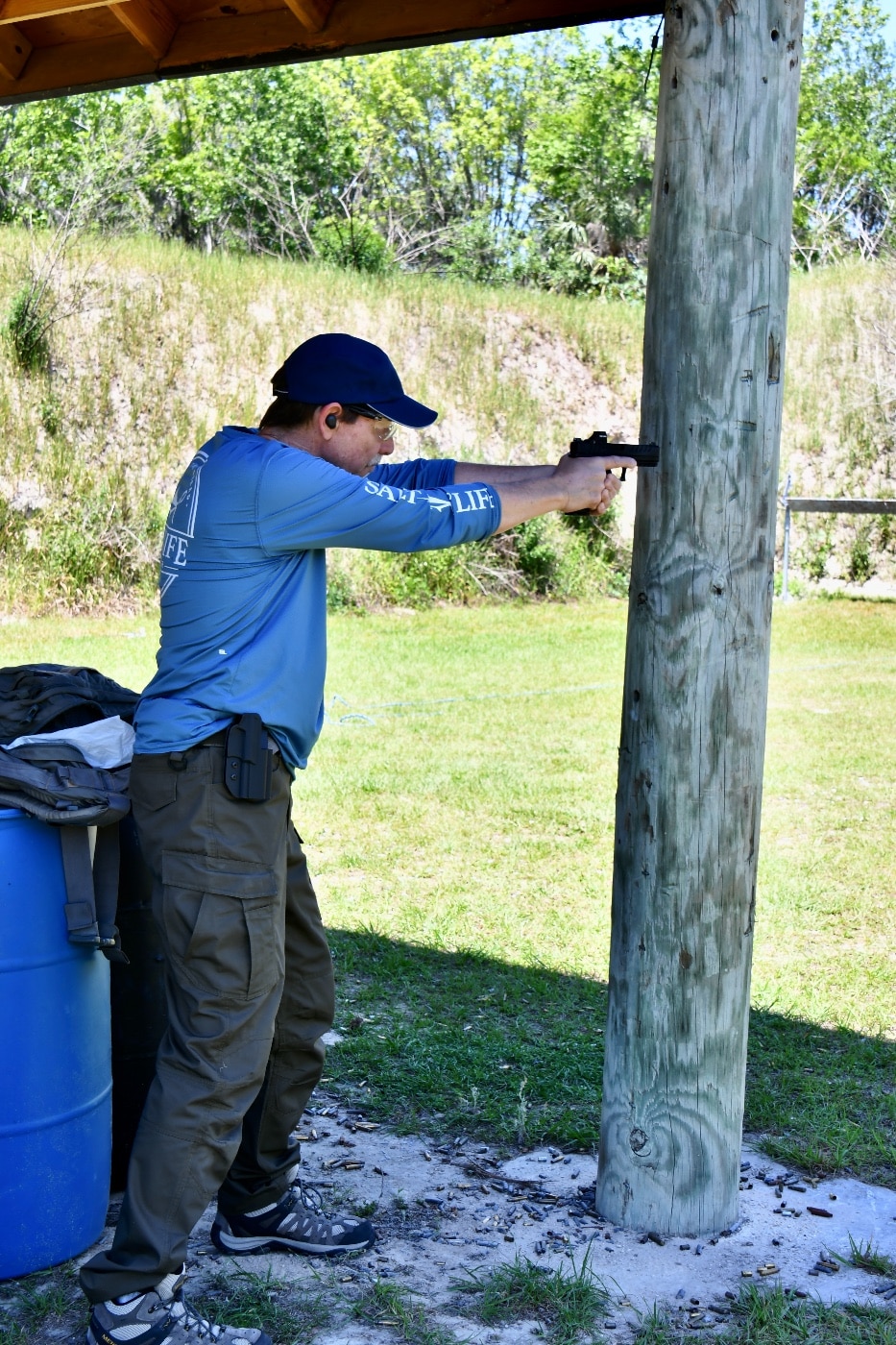
In addition, anybody can politely call out an unsafe condition, and if necessary, act like a range officer by calling “Cease fire!”. Other essential announcements should include “Eyes and ears in place!”, “Load and make ready!”, “The line is hot!”, “Standby!” “Fire!”, “Make your gun safe and empty!”, “The range is cold!”, “You can pick up your mags now!” (once everyone is holstered). These announcements and commands, covered in the initial safety brief, should all be part of the safety protocol that keeps the range safe.
Conclusion
I have often heard, “Any day at the range should be better than any day at the office”. I agree, as long as we all have an enjoyable time learning to shoot within safety parameters and no mishaps! Safe shooting!
Editor’s Note: Please be sure to check out The Armory Life Forum, where you can comment about our daily articles, as well as just talk guns and gear. Click the “Go To Forum Thread” link below to jump in!
Join the Discussion
Read the full article here









